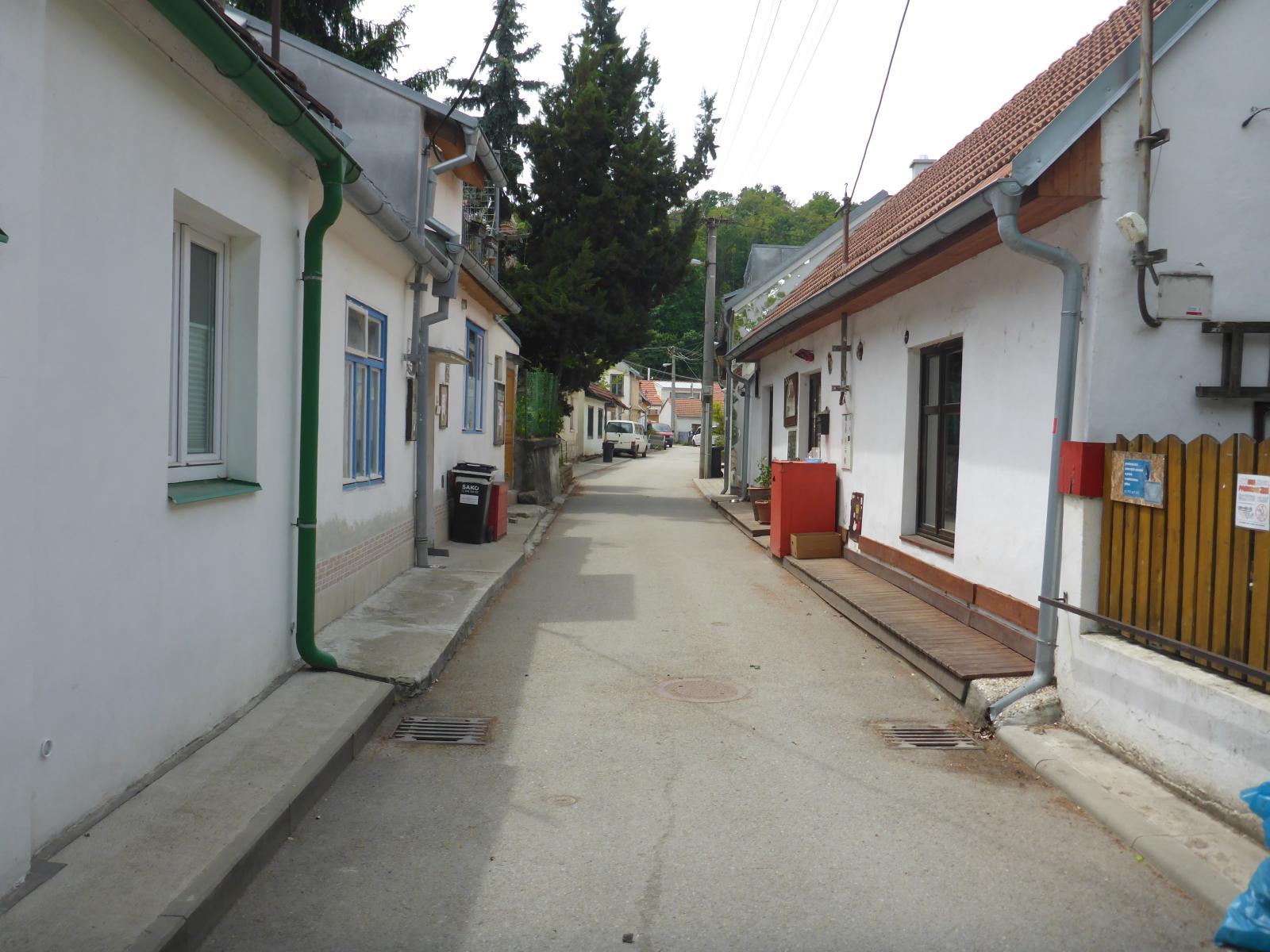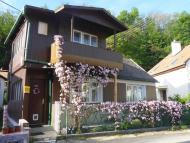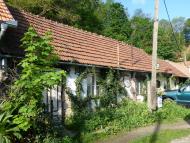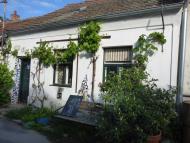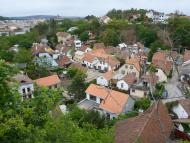Topic
A hundred-year-old water system and a missing sewer system. Nevertheless, Kamenka is one of the most expensive districts in Brno
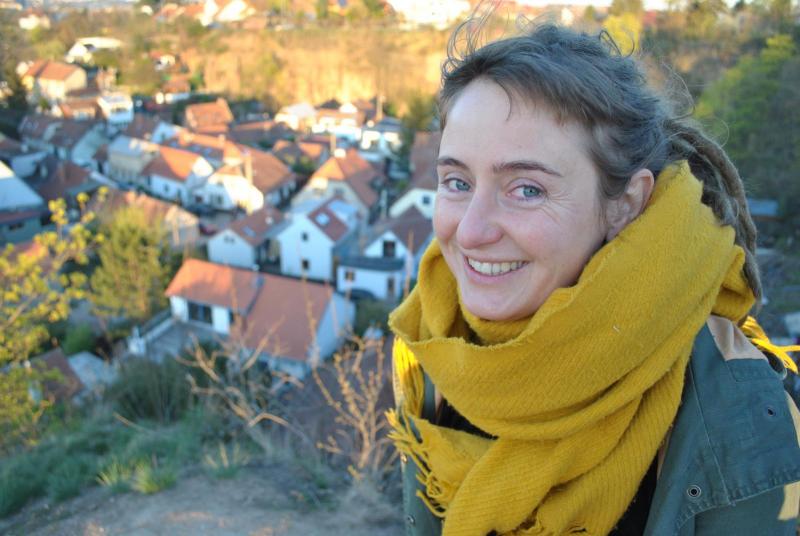
The Stone Quarter is Brno's most famous workers' colony – it stands out not only for its genius loci and cultural life, but also for its above-average number of university-educated inhabitants. Sofie Pokorná, a doctoral student from the IFE (Institute of Forensic Engineering) BUT (Brno University of Technology), examines how a slum turned into an artistic area, where real estate prices, despite their poor condition, reach the highest prices per square meter. She focuses her research on gentrification, or the socio-economic transformation of deprived urban localities.
Why and when exactly Stone Quarter in Brno came into being?
This was caused by the great technological development at the beginning of the 20th century. New factories were built and with them came many vacancies, which were followed by people moving to the cities from the countryside. And so the workers' colonies were created. The Stone Colony grew here thanks to the nearby Kohn brickyards, where most of the locals worked. Construction of the colony began in 1925 and ended in the late 1930s, and people obtained only temporary building permits.
Are the houses here special in any way?
These are houses built on a skeleton, where the walls are built into a wooden frame. People came here from the villages and they built them with their own help. They used material that was free or cheap. Like the junk bricks from the nearby Kohn and Jílek brickyard. However, during the reconstructions, they mainly found bricks from demolished houses all over Brno. The BUT published a collection of old bricks, so it can be traced beautifully. The dwellings were gradually extended with various annexes, but everything was done on the knee. That's why craftsmen don't want to come here today.
What are they afraid of?
They feel like they're going to poke a little bit into something and it's all going to fall on their head. The whole quarter was built in a rather chaotic way, which adds to the genius loci, but it also has its drawbacks. Along the main backbone street there are narrow streets leading to the houses, which can only be reached on foot. Back then, nobody thought about the fact that it would be necessary to come here with a carriage or a car. There's a very old water system that was built as a makeshift in the 1950s, but we're still operating with it today. And the upper part of Kamenka lacks sewerage system, which is really unique in the centre of Brno. Some of the houses have their own cesspools, but a few have to discharge sewage from the hillside. It's complicated – it's almost impossible to get permission to build a sump because the slope is slowly slipping away and the structural engineers won't recommend loading it.
How many of the original inhabitants still live in Kamenka?
There are still a few old-timers, but I can count them on one hand. Most of the original residents left in the 1980s when they got the opportunity to move to newly built housing estates. It was socially stigmatizing to live in Kamenka – locals were looked down upon by the authorities and schools, where offenses were attributed to the fact that they were from here. The properties were bought from the original inhabitants at low prices by the pioneers, who were the first brave people to move into the deprived area. They were mostly craftsmen, artists and teachers who gave Kamenka a new character.
How did the old residents react to the new arrivals?
Quite good, because only those who really wanted to stay have remained. And the newcomers began to move the quarter for the better. First they started renovating their houses, but eventually also the access roads. They established a pub, a nursery, a shop, a veterinary surgery. These were mostly people of an arts and crafts background, and so artistic elements began to appear in the buildings. In the interiors or exteriors of the houses there are built-in sculptures. The stained-glass windows leading to the street are also widespread and they serve to preserve privacy. Several stained-glass artists live here. Then in the 1990s, annexes and extensions were started as people wanted a better standard of living including bathrooms and additional bedrooms. At the turn of the millennium, college-educated people began to move here.
How has the population composition of Kamenka changed in a hundred years?
My research for my diploma thesis showed that 64% of people with a university education currently live here, which is an abnormally high number for the Czech Republic. Architects, graphic designers and other artistic professions predominate. What was once a poor workers' colony has become a quarter full of university students. And the perception of the whole area has changed. It is now a protected cultural monument and visitors admire the local genius loci and community life.
The phenomenon of gentrification has fully manifested itself here, when deprived places become renovated localities with a new socio-economic-cultural structure. This brings with it an increase in real estate prices – Kamenka is currently one of the most expensive districts in Brno. This is a bit paradoxical given the fact that most of the houses are in poor condition, and they stand on city land that Brno does not want to sell. This is quite specific to other workers' colonies.
When did Kamenka become one of the most expensive quarter?
I don't have the data at the moment, I will be researching this as part of my dissertation. I focus on the development of property prices in the Stone Quarter, Diviš Quarter and Písečník. But I know from my own experience that when I moved here in 2006, rents were already higher then. The point of view changed – from a working-class quarter to an artistic one – and this attracted many other gentrifiers who wanted to live in an interesting location. The interest then caused property prices to rise. Gentrification is not over, it is ongoing.
Kamenka seems like a world unto itself – does it have to defend its position within the city?
Communication with the authorities is difficult. These are big investments for the city that will bring few political votes. There are 140 houses here, so that works out to about 360 inhabitants. That's more difficult for Kamenka and it has to fight for some things with the help of the civic association. We are still trying to move forward with the reconstruction of the historic water system, which the city is already dealing with, or the purchase of city land where people have homes.
...and how is living here for you?
I like the community life here. I'm not the type of person who can function in a secluded environment. When a people run out of eggs here, they knock on the neighbours' doors. Cars drive slowly here because of the narrow space, so it's good for raising kids who can run around outside. There is also a great local pub that organizes concerts, exhibitions and lectures. It works like a living room, you meet people here and discuss what is important. Before Coronavirus, the attendance at local cultural events was so extreme that we had to regulate it. It took away the reason why we were doing these events – to meet locals.
It's like a village here, but there are a lot of educated people from different fields, which is enriching.
(mar)
How does the age of tyres affect road safety? The answer will be offered by research from the IFE
Unique Damage Catalogue maps dozens of traffic accidents. It will help forensic experts and insurance companies.
Historical legacy affects the value of cultural monuments. For example, the distance from the stop has an influence
Women from BUT who move the world of science and technology
Where does a motorcyclist look while riding? The answer will be offered by research from IFE
